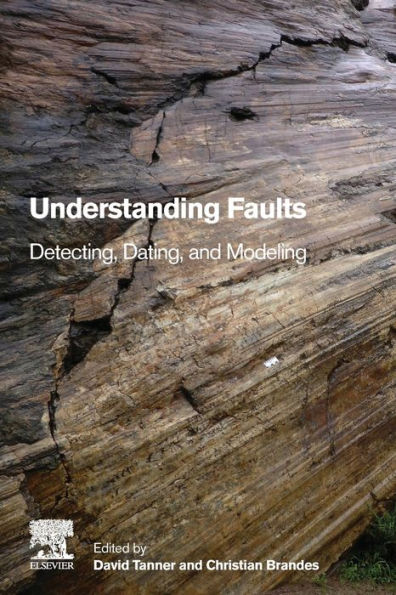5
1
9780128159859



Understanding Faults: Detecting, Dating, and Modeling available in Paperback, eBook

Understanding Faults: Detecting, Dating, and Modeling
- ISBN-10:
- 0128159855
- ISBN-13:
- 9780128159859
- Pub. Date:
- 10/09/2019
- Publisher:
- Elsevier Science
- ISBN-10:
- 0128159855
- ISBN-13:
- 9780128159859
- Pub. Date:
- 10/09/2019
- Publisher:
- Elsevier Science

Understanding Faults: Detecting, Dating, and Modeling
$160.0
Current price is , Original price is $160.0. You
160.0
In Stock

Product Details
| ISBN-13: | 9780128159859 |
|---|---|
| Publisher: | Elsevier Science |
| Publication date: | 10/09/2019 |
| Pages: | 380 |
| Product dimensions: | 6.00(w) x 9.00(h) x (d) |
About the Author
What People are Saying About This
From the B&N Reads Blog
